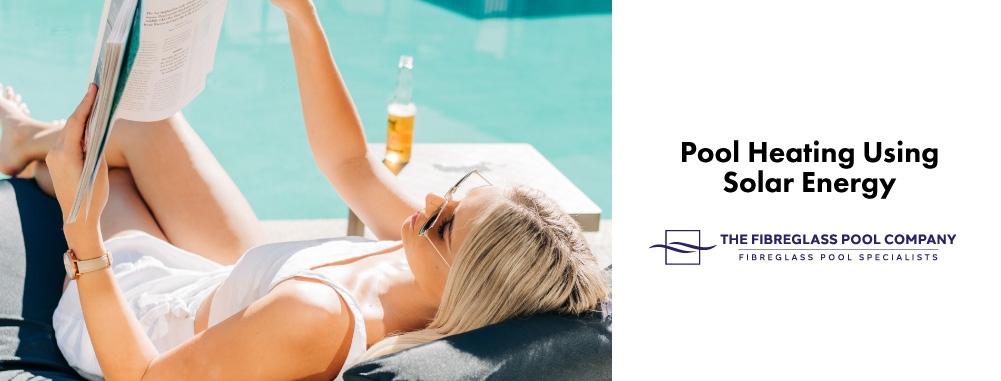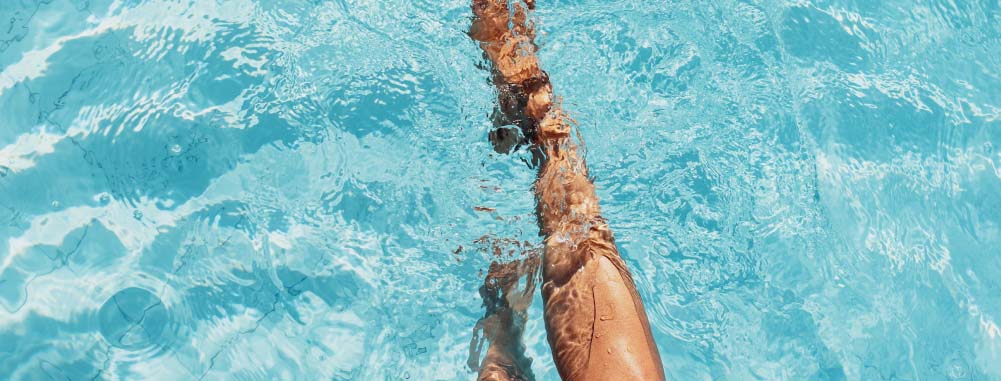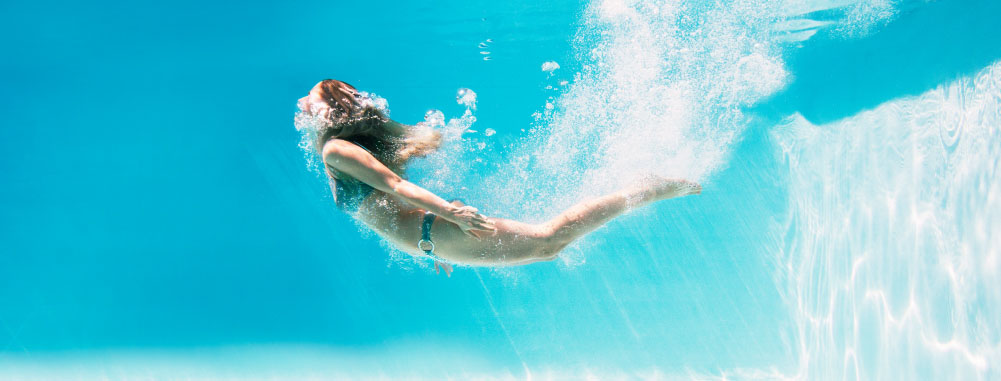Everybody loves taking a plunge into their home swimming pool during the summer months. Summer brings hot and long days with it, with your kids and pets begging for unlimited pool time. But the same enthusiasm is lost in winter. This is because swimming in the winter is a bit terrifying for many due to the cold waters. By installing an efficient heating system, you can make your swimming pool comfortable for your family year-round.

Solar energy for swimming pool heating
Heating your swimming pool using solar energy is an environmentally friendly and energy-efficient method. In solar heating, the sun’s energy is harnessed to heat the swimming pool water. The popularity of this method is skyrocketing owing to the reduction in energy bills associated with pool heating.
Advantages of solar heating
There are numerous advantages to solar heating. Some of them include:
Easy installation
Traditional swimming pool heaters like gas or electric heaters can be installed only by a skilled and experienced professional. Whereas solar swimming pool heaters can be installed by the pool owners themselves as a DIY activity with a bit of research. This will reduce the installation cost and you will be in better control of all the design aspects of the heating system. The tricky part is the installation of the solar panels. You will need three or more people for lifting, arranging, securing, and installing the panels.
Some tools are also needed for the installation process, like impact drills.
Affordable
Solar heating systems are extremely affordable and their cost of operation is also very low when compared to conventional heating methods. They also have a good lifespan of about 25 or 30 years and need very little maintenance. Since they mostly operate along with the circulation pump of the swimming pool, no extra operating costs are incurred by the pool owners.
Heating systems using solar energy
Solar energy can be harnessed using different methods to heat swimming pool water. Some common methods include:
Solar panels
This is the most popular way to heat swimming pool water. In this, solar panels are used to harness the sun’s energy. These panels are typically made of crystalline silicon. They are usually placed on rooftops or in places where an unobstructed supply of sunlight is available. The solar cells take in the sunlight and convert it into electricity.

Solar heating system
The major components involved in the solar heating system are a solar collector, a valve, a filter, and a pump. Each component serves an important function in the system. The filter is responsible for removing the debris from the pool water. The pump brings the water from the pool to the solar collector. The solar collector takes the energy from the sunlight, converts it into heat energy, and warms up the pool water.
This warm water is then pumped back into the swimming pool. The valve is responsible for controlling the movement of the pool water.
Solar collectors
There are mainly two different types of solar collectors used for the heating system. They are:
Glazed solar collectors
They are made of materials like iron-tempered glass, aluminium, or copper. They are perfect for being used year-round. These panels work really well in cold winters. They are also suitable for household water heating other than pool heating. The major disadvantage of these collectors is that they are very expensive.
Unglazed solar collectors
These are the simplest collectors. These are made of rubber or plastic. There is no protective glass layer over the collectors. These are the cheapest and most cost-effective collectors. The major disadvantage is that they cannot be used in cold areas.
Solar mats
These can be used to heat water in a small swimming pool. The pool water is allowed to pass through the solar mats that are heated using sunlight. These mats can be installed on a flat roof.
Dome-shaped collectors
In this, the pipes through which the water flows are twisted in the shape of a dome to save space. The water is allowed to pass through these domes where it absorbs heat. They do not take up as much space as solar mats. So, homeowners with space constraints can use these collectors. These are also suitable for smaller pools.

Solar blanket
They are similar to pool covers and help to retain the heat the pool has collected during the night. They also decrease evaporation.
Solar rings
They are similar to solar blankets. They are made using UV-resistant vinyl and are good for irregularly shaped swimming pools.
Liquid solar pool covers
Liquid solar pool covers are suitable for aesthetic and safe swimming. These pool covers contain a fatty, non-toxic alcohol-like substance that forms a layer above the pool water that retains the heat. These covers allow swimmers to swim in the pool while they heat the pool water.
Factors to consider before investing in a solar heating system
There are several factors that should be considered before deciding to invest in a solar heating system.
These include:
Available sunlight: This is the most important factor to be considered while planning to install solar pool heating. Solar heaters are heavily dependent on the sun’s energy and cannot be used when there is no sunlight. If your region does not receive a good amount of sunlight, using a solar heater will be ineffective.
The size of the swimming pool: The solar heating system you choose for your pool should depend on the size of the swimming pool and the amount of water in it. Solar panels are suitable for both larger and smaller pools. Solar mats are better for smaller pools, especially if your backyard has space constraints.
Cost: The cost of installation and maintenance is also an important factor to be considered. You should also be aware of the installation codes and procedures to be implemented in your area.
In Conclusion
Keeping your swimming pool warm and comfortable is crucial for a good swimming experience. By using a solar heating system, you can heat your pool water using a cheap, environmentally friendly, and energy-efficient method.

